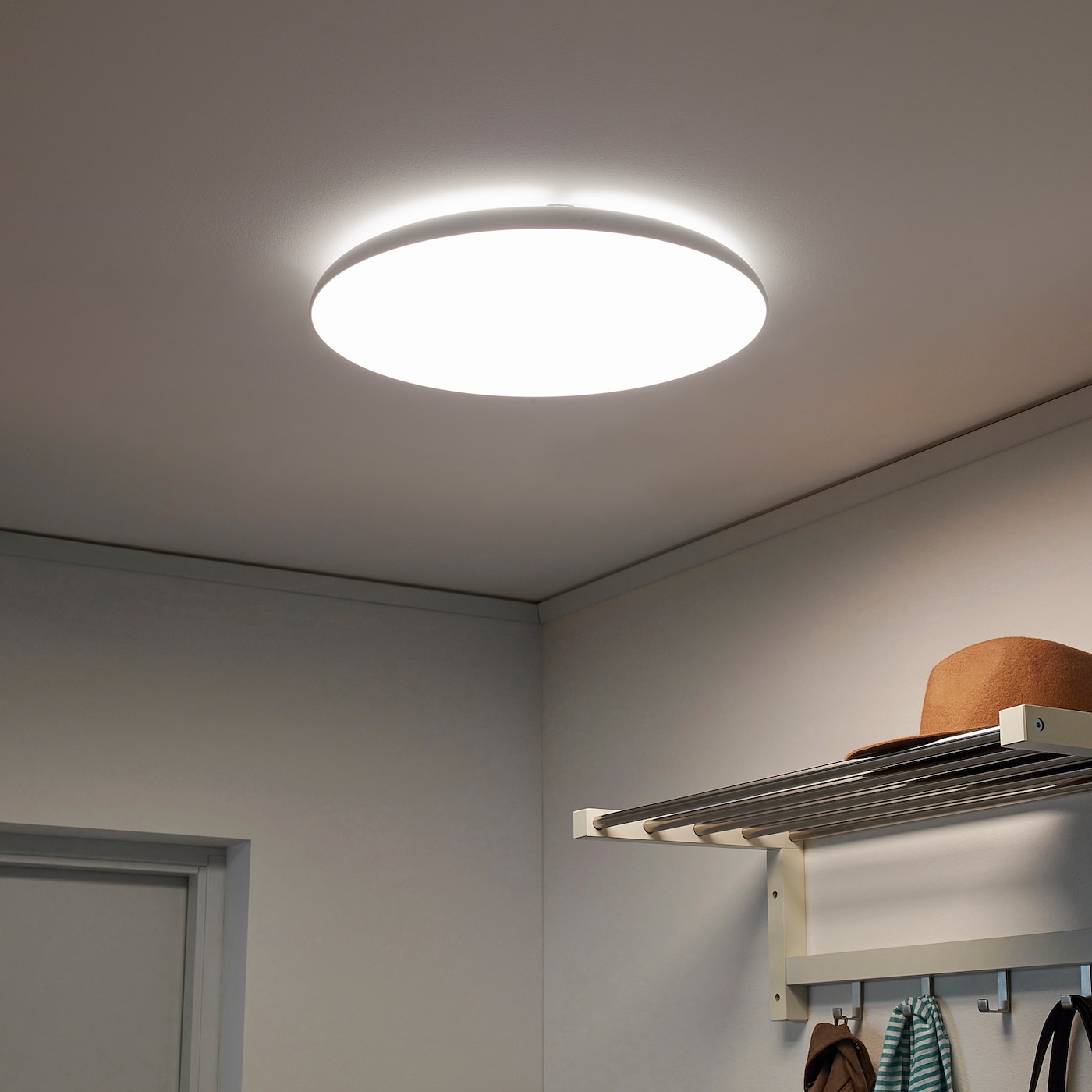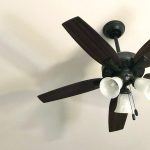Introduction
In today’s rapidly advancing technological landscape, LED lighting has emerged as a popular choice for homeowners seeking energy-efficient and long-lasting illumination solutions. Among the myriad benefits of LED lights is their longevity and low maintenance requirements. However, when it comes time to replace them, knowing the proper procedure can save both time and frustration. In this guide, we’ll shed light on the process of changing your LED ceiling lights, providing step-by-step instructions for a hassle-free experience.
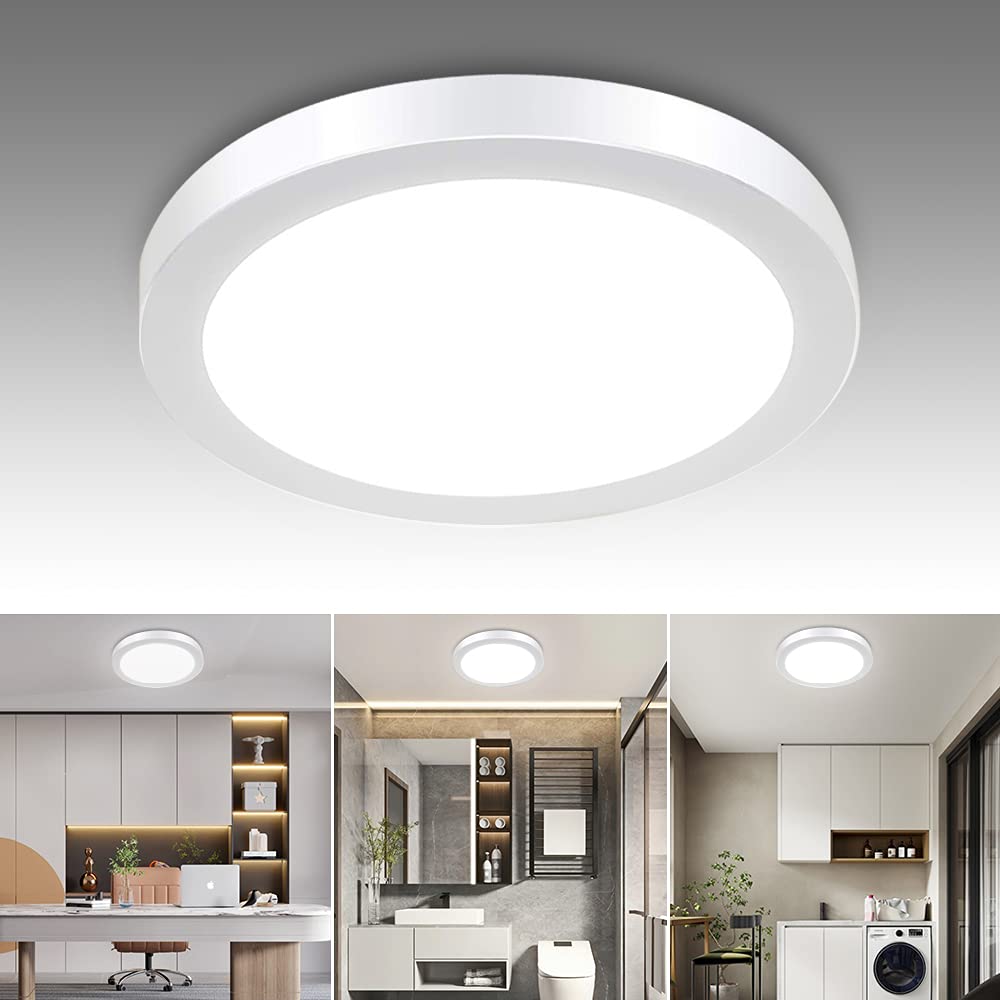
Understanding LED Ceiling Lights
Before delving into the replacement process, it’s essential to have a basic understanding of LED ceiling lights and their components. Unlike traditional incandescent bulbs, LED lights utilize light-emitting diodes to produce illumination. These diodes are housed within a fixture that typically includes a bulb, a socket, and a mounting mechanism. LED ceiling lights come in various shapes and sizes, ranging from recessed panels to flush mounts, offering versatility in design and functionality.
Assessing the Situation: When to Replace Your LED Ceiling Lights
While LED lights are renowned for their durability, they are not immune to eventual failure. Several indicators suggest it may be time to replace your LED ceiling lights. These include diminished brightness, flickering or intermittent operation, and visible signs of damage to the fixture or bulb. Additionally, if your LED lights are outdated models with inferior efficiency or color rendering, upgrading to newer versions can enhance both performance and aesthetics.
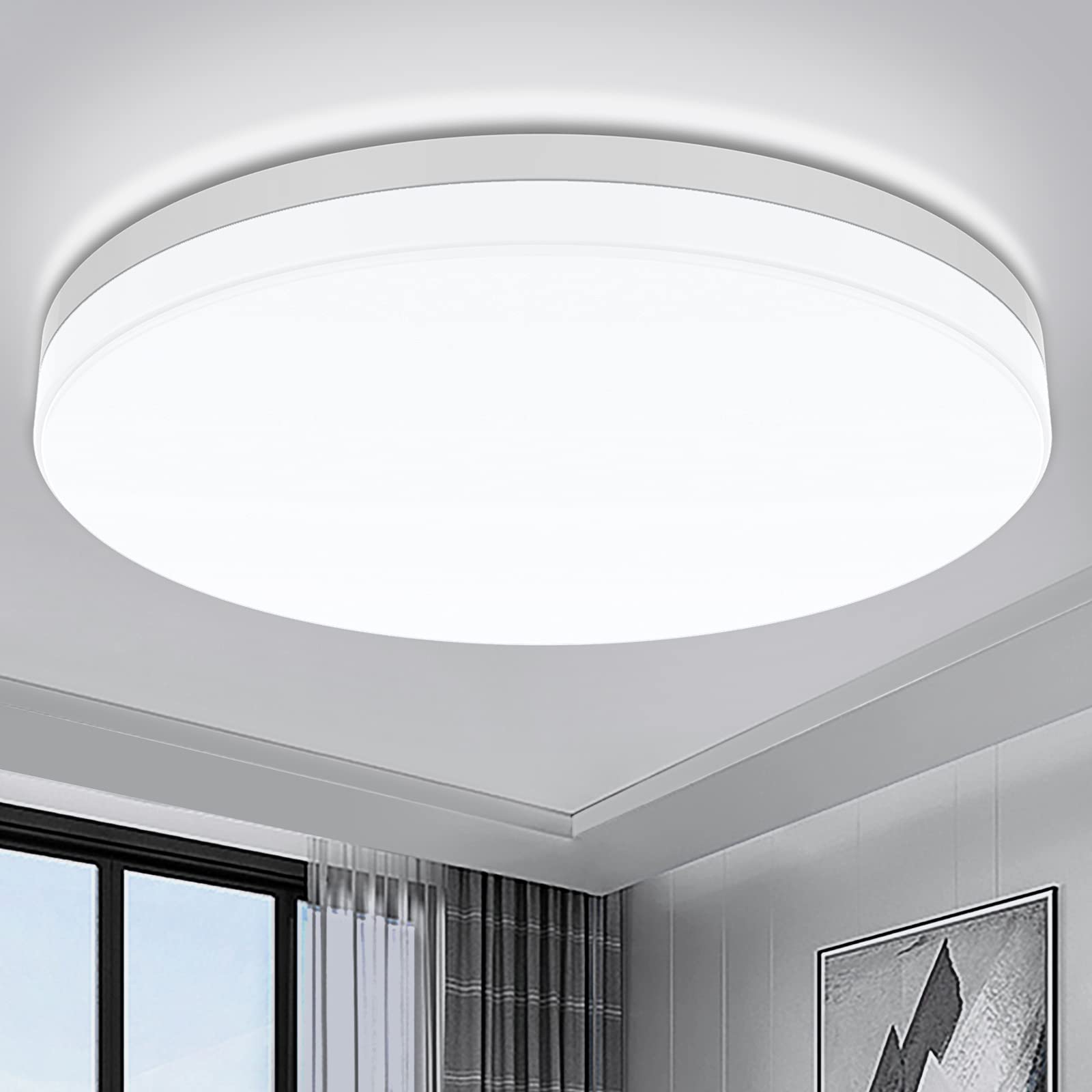
Preparation and Safety Measures
Before embarking on the replacement process, it’s crucial to prioritize safety and prepare adequately. Start by turning off the power supply to the affected light fixture at the circuit breaker or fuse box to prevent the risk of electric shock. Next, gather the necessary tools for the job, including a ladder, a screwdriver (or appropriate tool for your fixture), and, if needed, a replacement LED bulb of the correct size and type.
Step-by-Step Guide to Changing Your LED Ceiling Light
- Accessing the Fixture: Position your ladder securely beneath the ceiling light fixture, ensuring stability and balance. Depending on the type of fixture, you may need to remove a cover or trim piece to access the bulb housing. Use caution when handling fragile components to avoid accidental damage.
- Removing the Old Bulb: Once you have access to the bulb housing, gently twist the existing LED bulb counterclockwise to loosen it from the socket. If the bulb is stubborn or difficult to remove, allow it to cool down first to avoid burns. Once loosened, carefully extract the old bulb from the socket and set it aside for proper disposal or recycling, adhering to local regulations.
- Installing the New Bulb: Take your replacement LED bulb and align the base with the socket, ensuring a snug fit. Rotate the bulb clockwise until it is securely seated in the socket, taking care not to overtighten. If your LED light fixture features multiple bulbs, repeat this process for each one, ensuring uniformity in illumination.
- Reassembling the Fixture: With the new bulbs in place, reattach any removed cover or trim pieces, securing them according to the manufacturer’s instructions. Double-check that all components are properly aligned and fastened to prevent potential hazards or malfunctions.
- Restoring Power and Testing: Once the fixture is reassembled, restore power to the circuit at the breaker or fuse box. Test the newly installed LED bulbs by flipping the light switch or using a compatible dimmer, if applicable. Verify that each bulb illuminates evenly and without flickering, indicating successful installation.
Maintenance Tips and Further Considerations
After replacing your LED ceiling lights, implementing routine maintenance practices can prolong their lifespan and optimize performance. Regularly dusting or wiping down fixtures can prevent buildup that may impede light output or cause overheating. Additionally, consider investing in LED bulbs with adjustable color temperature and dimming capabilities to customize your lighting experience to suit different activities and moods.
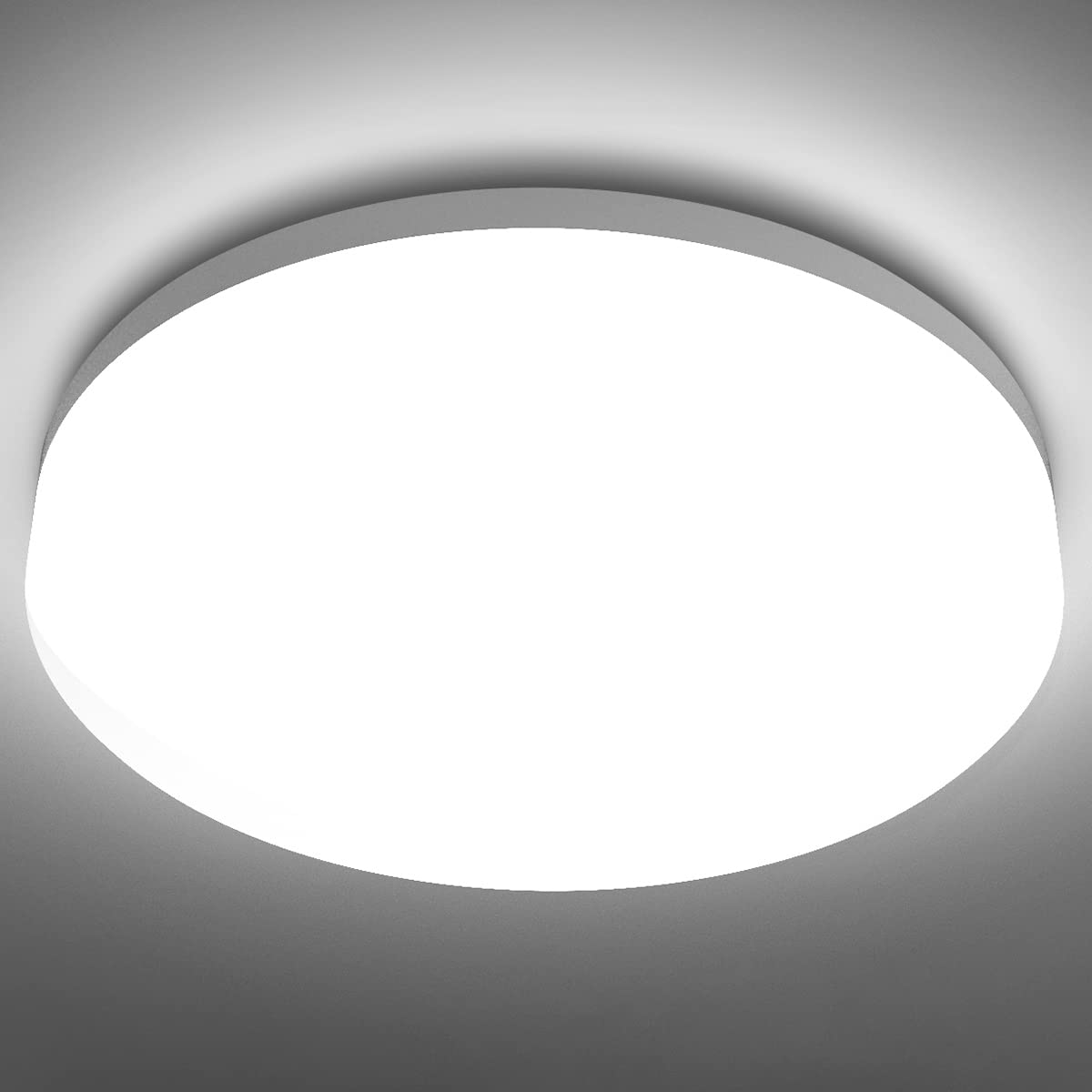
Exploring Advanced Options: Upgrading Your LED Ceiling Lights
While basic replacement procedures suffice for many homeowners, others may seek to enhance their lighting setup further with advanced features and options. Upgrading your LED ceiling lights presents an opportunity to incorporate cutting-edge technologies and tailor your lighting environment to specific preferences and requirements.
Smart Lighting Integration
One popular trend in modern home lighting is the integration of smart technology, allowing for remote control, automation, and customization via smartphone apps or voice commands. Smart LED bulbs and fixtures offer features such as adjustable color temperatures, scheduling capabilities, and compatibility with popular home automation platforms like Amazon Alexa and Google Assistant. By upgrading to smart LED ceiling lights, homeowners gain greater flexibility and convenience in managing their lighting systems.
Energy Efficiency and Sustainability
In addition to the inherent energy efficiency of LED lighting, further advancements continue to improve sustainability and environmental impact. Energy Star-certified LED bulbs meet stringent efficiency and performance standards set by the Environmental Protection Agency (EPA), ensuring optimal energy savings and reduced greenhouse gas emissions. Additionally, some LED bulbs incorporate recycled materials or are fully recyclable at the end of their lifespan, contributing to a circular economy and minimizing waste.

Enhanced Design and Aesthetics
LED technology offers versatility in design, allowing for innovative lighting solutions that complement various architectural styles and interior aesthetics. From sleek, minimalist fixtures to decorative statement pieces, LED ceiling lights come in a myriad of designs to suit diverse preferences. Upgrading your LED lighting not only enhances functionality but also serves as a design element that can elevate the ambiance and visual appeal of your living spaces.
Professional Installation Services
For homeowners hesitant to tackle lighting upgrades themselves or those with complex installations requiring professional expertise, hiring a qualified electrician or lighting specialist is a viable option. Professional installation services ensure proper wiring, mounting, and configuration of LED ceiling lights, minimizing the risk of errors or safety hazards. Additionally, professionals can offer valuable insights and recommendations based on your specific lighting needs and goals, ensuring optimal results tailored to your home environment.
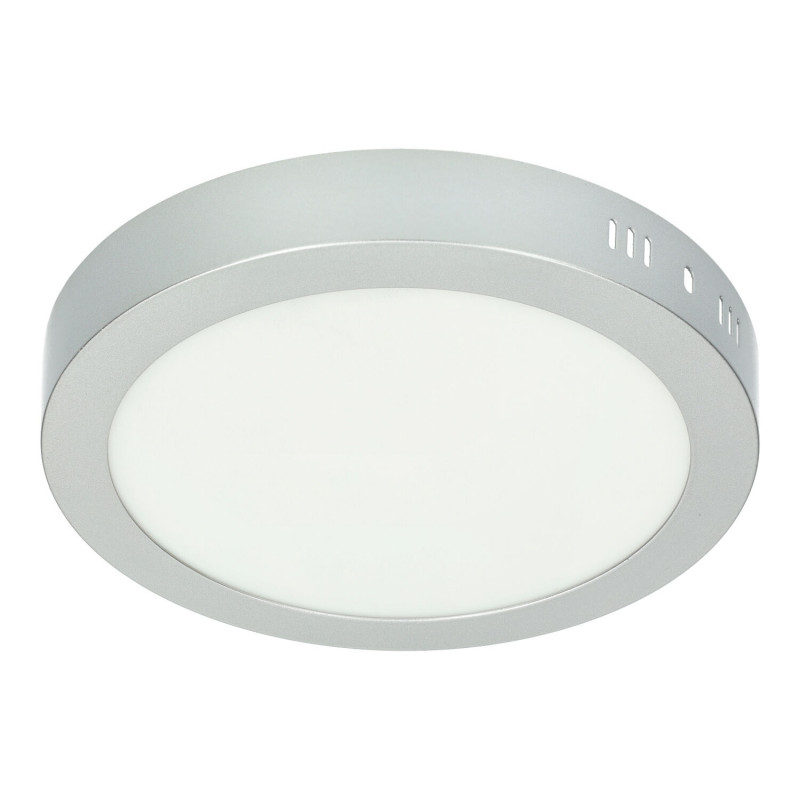
Conclusion
Changing your LED ceiling lights doesn’t have to be a daunting task. By following these simple steps and safety precautions, you can successfully replace old or malfunctioning bulbs with minimal hassle. With the energy efficiency and longevity of LED lighting, you’ll enjoy reliable illumination for years to come, contributing to both cost savings and environmental sustainability in your home.
